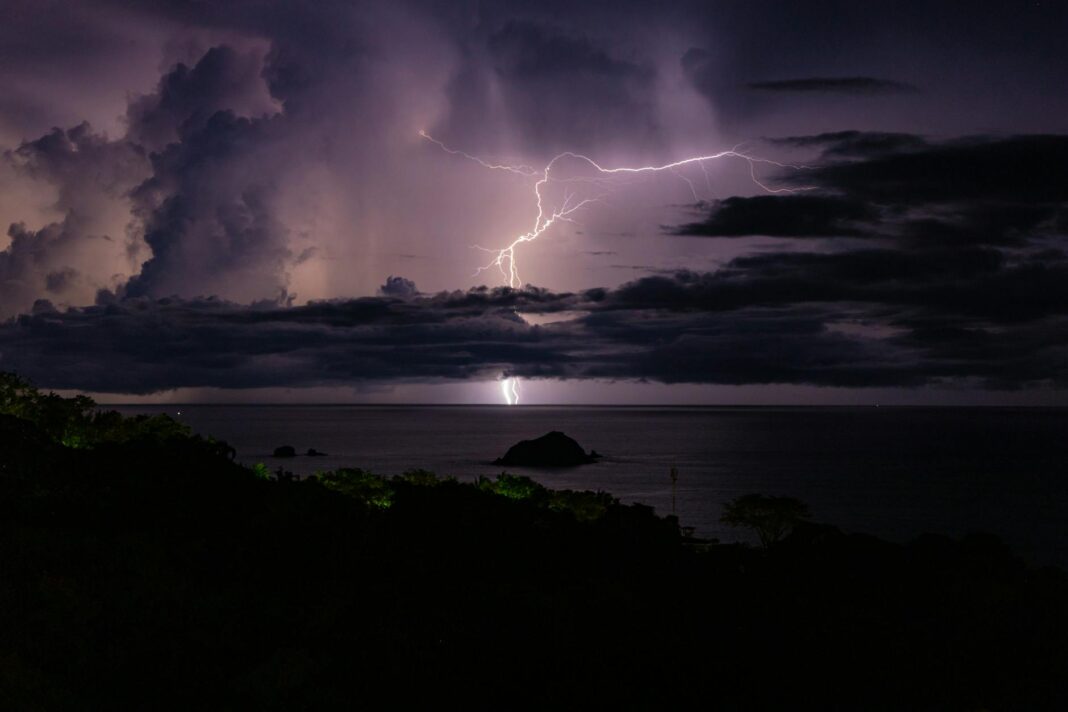Prosecutors’ Ambitious Move Fails in Court
In a surprising turn of events, a judge has rejected prosecutors’ efforts to classify Luigi Mangione under a New York terrorism law that traces back to the aftermath of 9/11. This legal maneuver was intended to impose severe penalties on Mangione, but the court’s decision highlights the nuanced complexities of applying such laws in contemporary cases. The decision not only affects Mangione’s future but also raises critical questions about the judicial system’s handling of terrorism-related offenses.
Understanding the Charges
Luigi Mangione’s case had drawn considerable attention due to the nature of the charges. Prosecutors sought to invoke the terrorism statute, suggesting that Mangione’s actions posed a significant threat to public safety. This law, originally designed to target acts of terrorism, has seen various interpretations over the years, often sparking debates about its applicability to different situations and individuals. It’s essential to dissect the context of these charges: what exactly did Mangione do to warrant such serious allegations?
The Judge’s Rationale
The judge’s dismissal of the terrorism charges reflects a cautious approach to the legal standards required for such serious allegations. In this instance, the court determined that the evidence presented by the prosecution did not meet the stringent criteria necessary to classify Mangione’s actions as terrorism. This decision not only impacts Mangione but also sets a precedent for how similar cases may be handled in the future. The judge made it clear that the mere suggestion of a threat is not enough; there must be concrete evidence that aligns with the legal definitions of terrorism.
The Broader Implications
This case raises critical questions about the application of terrorism laws in a post-9/11 landscape. Are these laws being overused? Are they too broad in scope, allowing for potential misuse against individuals whose actions may not genuinely reflect terrorist intentions? The judge’s ruling suggests a need for reevaluation of how such classifications are made, reinforcing the importance of evidence and intent in legal proceedings. This ruling could prompt lawmakers to reconsider the language and application of terrorism laws, potentially leading to reforms that restrict their use to genuine threats.
Public Reaction and Legal Perspectives
The public’s reaction has been mixed, with some viewing the judge’s decision as a necessary safeguard against the overreach of state power, while others express concern over the implications for public safety. Legal experts are weighing in, discussing the potential ramifications for future cases involving the same statute. Some argue that this ruling could embolden defendants in similar situations, while others worry that it might hinder law enforcement’s ability to act decisively against genuine threats.
The Impact on Future Cases
As society grapples with the balance between security and civil liberties, Mangione’s case serves as a focal point for ongoing discussions about the role of law in protecting citizens from real threats versus the risk of unjust prosecutions. The decision could signal to prosecutors that they need to tread carefully when using terrorism laws, ensuring that their cases are backed by solid evidence rather than assumptions or public sentiment. This could lead to a more judicious application of such powerful legal tools, ultimately contributing to a fairer judicial system.
Questions
What does this ruling mean for future terrorism-related cases in New York?
How might this impact public perception of terrorism laws?
Are we seeing a shift in how courts interpret and apply these laws?

